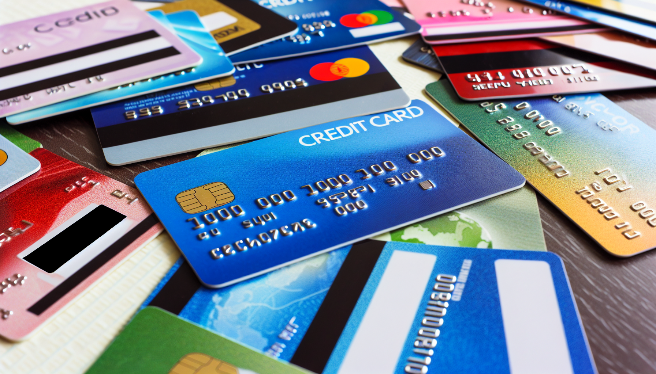Navigating the world of credit cards can be akin to choosing a cereal in the grocery store’s aisle of abundance—there are just so many! But hey, there’s a perfect flavor for everyone. Let me break down the different types of credit cards available, so you can select your financial companion wisely and with confidence.
Rewards Credit Cards
Rewards cards are like your high school’s Most Popular — they give back every time you swipe. These cards offer rewards points, cash back, or travel miles for each dollar spent, which you can then redeem for merchandise, gift cards, travel, or even statement credit.
A caveat, though: don’t get too dazzled by the rewards. Keep an eye on potential annual fees and higher interest rates. If you’re not one to pay off your balance each month, the interest could eat into those sweet rewards.
Balance Transfer Credit Cards
Calling all debt-jugglers! Balance transfer cards are designed to help you transfer a high-interest credit card balance to a card with a lower interest rate. Many of these cards offer an introductory 0% APR for a set period, which can be a lifeline for knocking down debt without that extra interest piling on top.
Remember, though, there’s usually a transfer fee involved, and once the honeymoon phase (read: intro period) ends, standard interest rates apply. Plan your payoff strategy accordingly to really benefit from this card type.
Student Credit Cards
Ah, the fledgling credit builders! Student credit cards are crafted for college folks looking to build a credit history. They typically have lower credit limits (to prevent the temptation of splurging on a spring break in Cancun) and might offer rewards tailored to student life.
These cards can have more forgiving approval requirements, but watch out for higher interest rates. Always pay on time and maintain a low balance to build a credit report that makes future lenders practically swoon.
Secured Credit Cards
Think of secured credit cards as credit-building boot camps. They require a cash deposit upfront that usually acts as your credit limit. These cards are ideal for anyone with no credit or trying to repair a blemished credit history.
Since the card is backed by your own money, the risk to the lender is lower, which makes approval easier. By using the card responsibly, you can improve your credit score over time, eventually qualifying for an unsecured card. It’s all about proving you’re a reliable borrower here.
Business Credit Cards
Business owners, unite! Business credit cards are tailor-made to sort out your company’s cash flow and keep business expenses distinct from personal ones. They can come with higher credit limits, rewards beneficial to businesses (like travel perks or office supplies discounts), and sometimes additional tools for expense tracking and management.
Just bear in mind that business cards can affect both your business and personal credit scores. Run your business purchases responsibly to avoid a nasty surprise on your credit report.
Subprime Credit Cards
Hello to those with credit scores on the mend. Subprime credit cards are for individuals with less-than-stellar credit histories. They’re a chance to rebuild credit, but it’s often at a steep price — higher interest rates, various fees, and low credit limits.
While they can be a tool for rebuilding your credit, it’s important to be fully aware of the terms and to use them wisely. Ideally, you’d only consider these if other options aren’t feasible, and you’re committed to a disciplined repayment plan.
Every credit card has its persona, with pros and cons as diverse as the people using them. By understanding the differences, you’re better equipped to choose a credit card that aligns with your financial goals and lifestyle. Just like in college, where picking the right courses can shape your future, selecting the right credit card can build a solid financial foundation. So, study up, assess your spending habits, and choose your plastic buddy with an eye on the prize — a healthy financial life.


